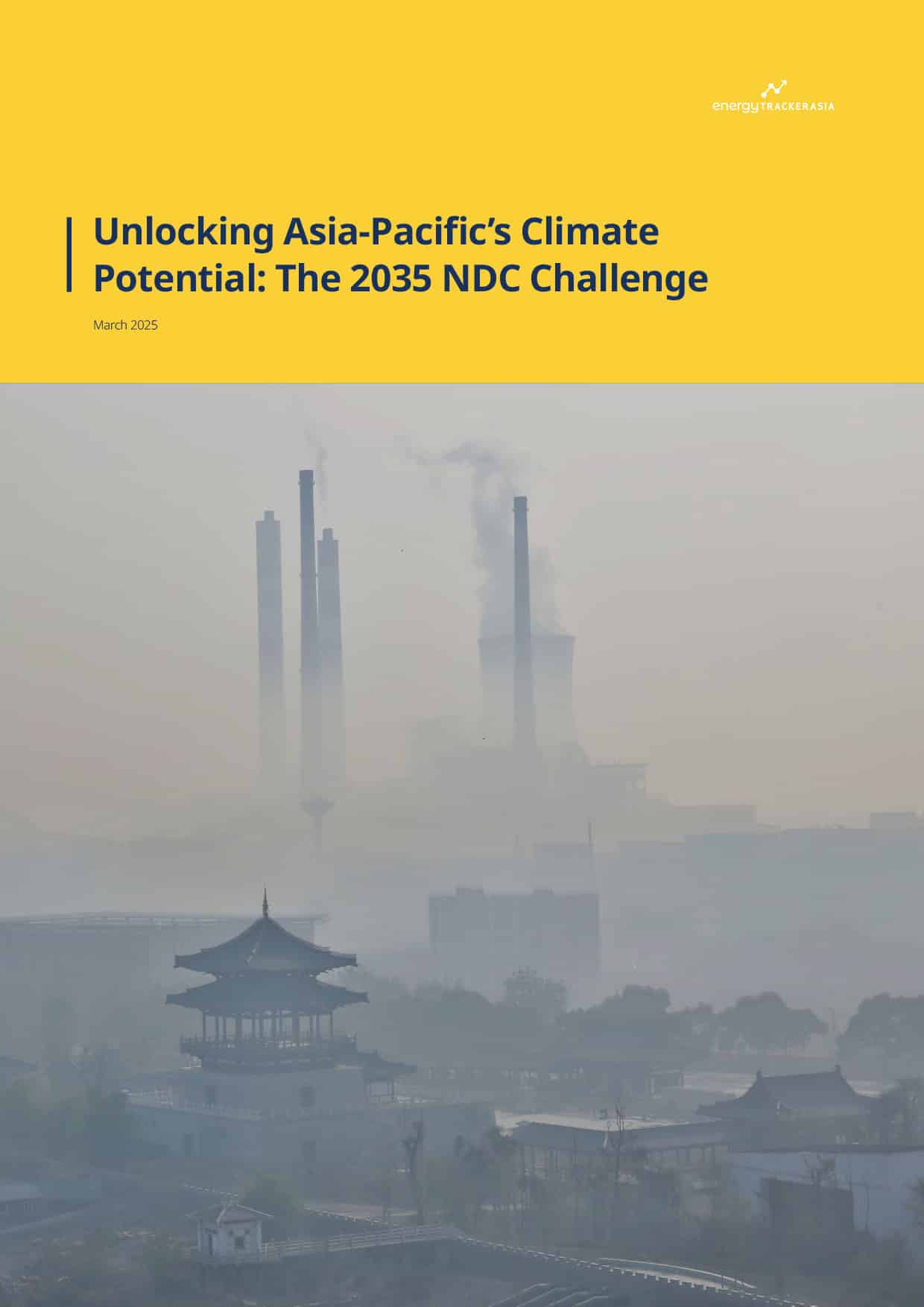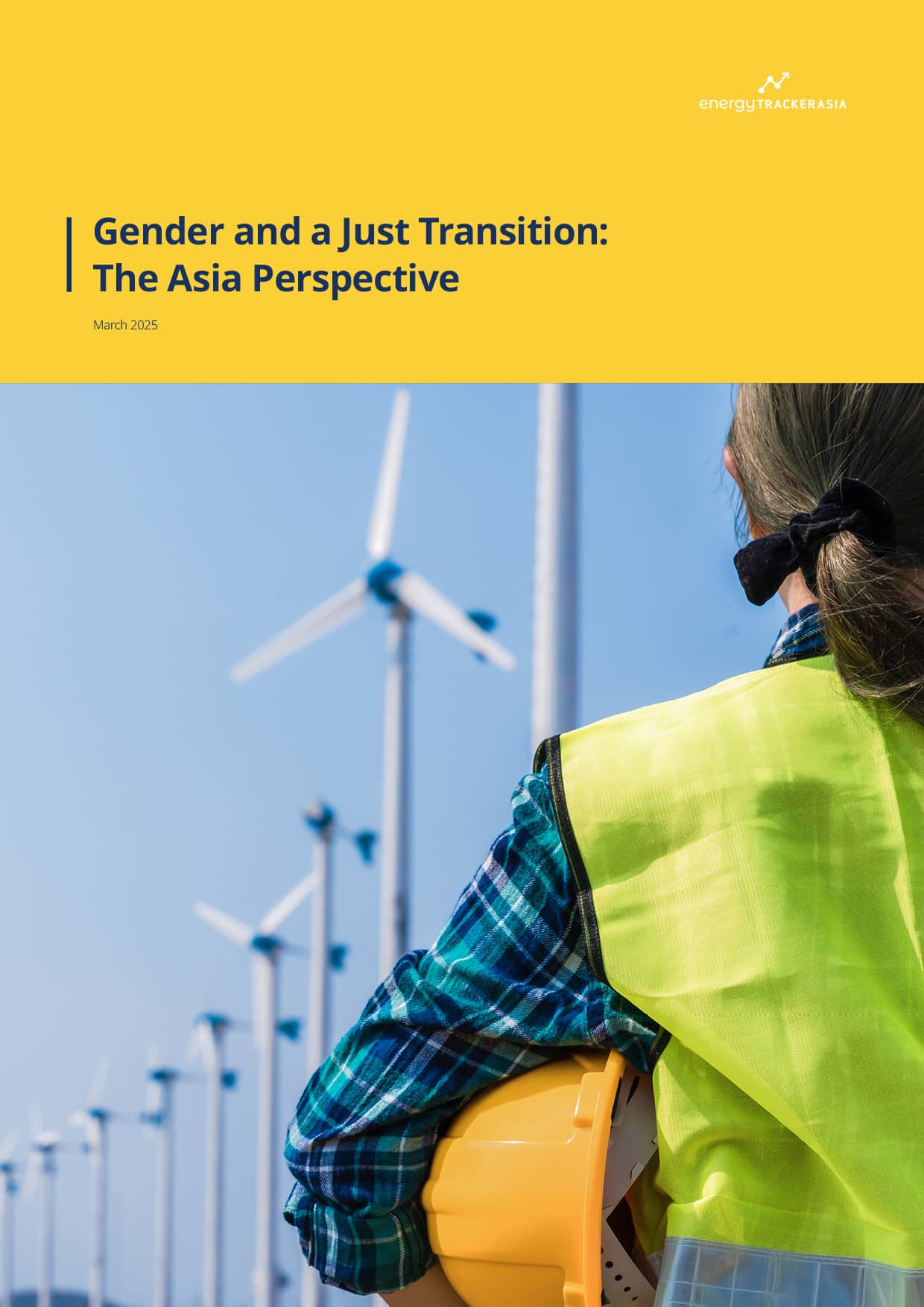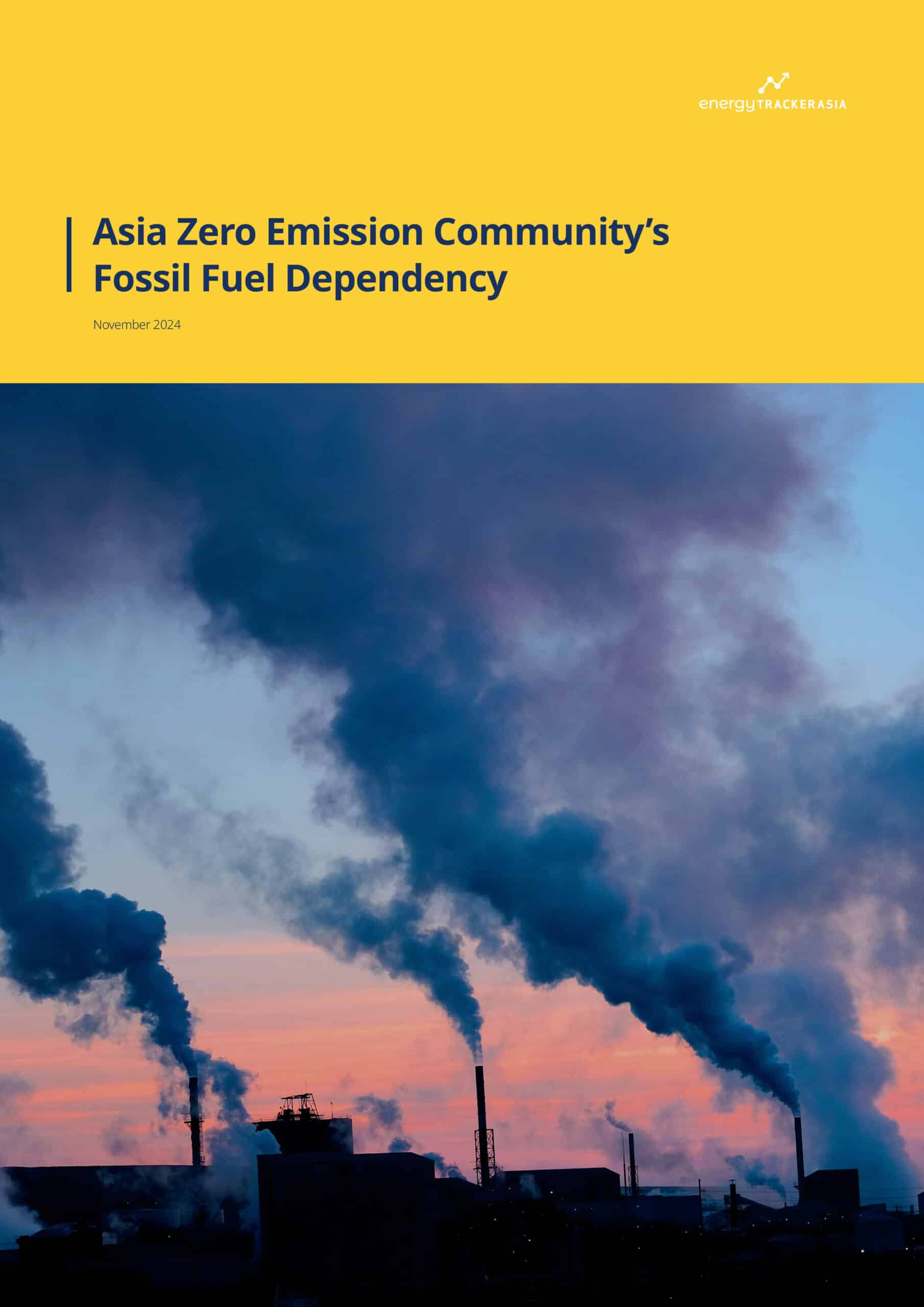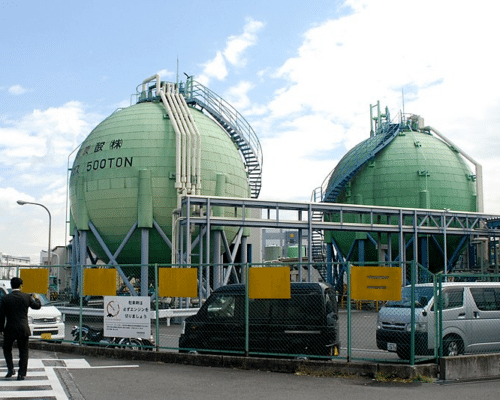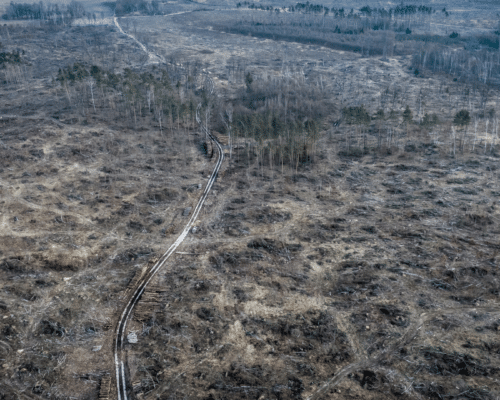Where There is a Will, There is Collaboration [Op-Ed]
Photo: Shutterstock / rima das mukherjee
22 September 2025 – by Aarti Khosla
At a time when the construct of a consolidated ‘West’ is shifting, are there signs that China, India, Brazil, and the EU can forge a clear climate agenda? The realities are quite clear.
China outpaced all other players by investing $627 billion in clean energy alternatives last year. Its record-breaking 277 GW of solar and 80 GW wind deployment in 2024 are going to be the world’s biggest story of green transition success. With decades of work, it has crept up to be the country investing most in green technology, and holding most links for the world’s green energy supply chain – rare earth elements, electric vehicles, solar cells and modules. The country’s control of the green supply chain gives it a negotiating perch like no other country.
India invested $100 billion in clean energy in 2024, mostly solar and wind capacity. Incidentally, it reached 50% of its power capacity from non-fossil sources in 2025, when the target was 2030. India’s solar story is a successful example of government support and good policies that gave private investments the confidence to come on board. Brazil, as the host of this year’s COP, has been talking about facilitating energy transition, stewarding forests, and accelerating climate finance, which are the three Fs of its action agenda at Belem.
Trade arithmetic, too, is making all countries evaluate their options. At a time when multilateralism is essential, it is also clearly absent. And it is hard to assume that it will come together to save the climate promise countries made to each other. In the dynamic global context, alliances are continuously being reshaped, and the large emerging economies are weighing their trade-offs, making strategic relationships with many other countries and blocs – instead of being very close to a few.
Consequently, the Quadrilateral security dialogue has become less important, particularly as India-US relations hit a rough patch. But India’s joint statement with China at the Shanghai Cooperation Organization (SCO) signals strategic intent and collaboration as a way forward. The multipolarity around geopolitics is not only rapidly changing but also going to continuously influence the way world leaders engage on climate.
That said, the torrential rains from Himachal and Uttarakhand, to Punjab, Gujarat and Telangana are a stark reminder of the scale of disaster management needed to combat climate impacts. In turn, these must be supported by proactive planning, including building resilient infrastructure, especially since 70-80% of the infrastructure that India will need by 2047 is yet to be built. Worryingly, Odisha faces the emerging challenge of post-monsoon cyclones (such as Gulab and Jawad in 2021), and prolonged heatwaves threaten to disrupt working hours across the country. Parametric insurance – the payout of pre-determined compensation based on a trigger, such as day temperatures exceeding a threshold – alone will not compensate for the lost GDP, nor can it fully cover the cost of medical emergencies.
Mounting climate disasters are not the story of India alone. For the small island nations at risk of losing their lands to rising sea levels, such an impact goes beyond economics or livelihoods; it’s the existential threat of a nation losing its homeland. Australia has agreed to grant permanent residency to 280 Tuvaluans annually under the 2023 Falepili Union Treaty since the tiny island nation may go underwater by 2050. Kiribati and the Maldives face a similar future.
On the other hand, climate finance remains a prudent investment for the global north. Projects that are bankable and promise a certain minimum rate of return seem to be the prerequisite for making the finance available. This is why the quantum approved under the Loss and Damage Fund required that the developing nations first prove their eligibility. While the approach makes sense when only viewed from a financier’s perspective, the enormity of the challenge and the need for adaptation finance, not mitigation alone, establishes that the rich and developed world must find the money to drive action to combat climate change.
Also, building climate resilience in the global south helps the other side. It would open the supply chains and keep the manufacturing units functioning without undue impacts on labour productivity. Likewise, financing employment in the most vulnerable nations could stave off mass migration, which tends to become a deeply divisive security issue. So the question needs to be: Is financing climate resilience in the south cheaper than building resilience in the north alone? The answer is straightforward, and the EU would do well to take note.
So, as we deliberate yet again on what Belem should deliver, the global south’s message could not be simpler: invest in us to secure a future for everyone. The risks of investments can be addressed, as can the expectations around ROIs. But more than robust disaster management plans, unlocking the billions needed for mitigation is the only way to protect against climate change.
Aarti Khosla is the director and founder of Delhi-based research consultancy, Climate Trends.
Disclaimer: The views and opinions expressed in this article are those of the author and do not necessarily reflect the official policy or position of Energy Tracker Asia.
This article was first published on The Times of India and republished with permission.
